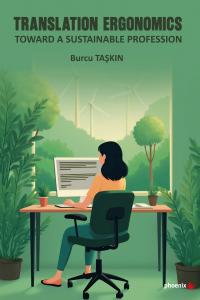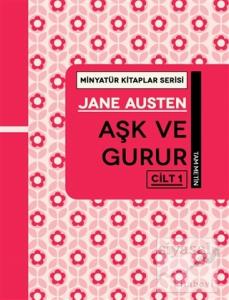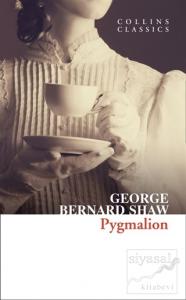
Jane Austen is remembered for her six masterpieces of the Regency era: from the heroines of Elizabeth Bennett and Emma Woodhouse, to the villains of Mrs. Norris and John Willoughby. But these characters were not born overnight. They sprung from Austen's experiences as a young girl, and many early iterations can be found in the earliest of her writing: her Juvenilia.
Austen was only a teenager when she wrote her Juvenilia. In the 'History of England', Austen champions (and laments) the great kings of England as 'a partial, prejudiced, and ignorant Historian'; in ‘Lady Susan', she writes a titular anti-heroine that schemes and cheats her way through high society; and in ‘Love and Freindship', Austen paints a picture of a woman looking back on her extremely unfortunate life.
Writing on the cusp of literary greatness, Love and Freindship offers a fascinating – and often surprising – insight into a young Jane Austen.
Jane Austen is remembered for her six masterpieces of the Regency era: from the heroines of Elizabeth Bennett and Emma Woodhouse, to the villains of Mrs. Norris and John Willoughby. But these characters were not born overnight. They sprung from Austen's experiences as a young girl, and many early iterations can be found in the earliest of her writing: her Juvenilia.
Austen was only a teenager when she wrote her Juvenilia. In the 'History of England', Austen champions (and laments) the great kings of England as 'a partial, prejudiced, and ignorant Historian'; in ‘Lady Susan', she writes a titular anti-heroine that schemes and cheats her way through high society; and in ‘Love and Freindship', Austen paints a picture of a woman looking back on her extremely unfortunate life.
Writing on the cusp of literary greatness, Love and Freindship offers a fascinating – and often surprising – insight into a young Jane Austen.






























